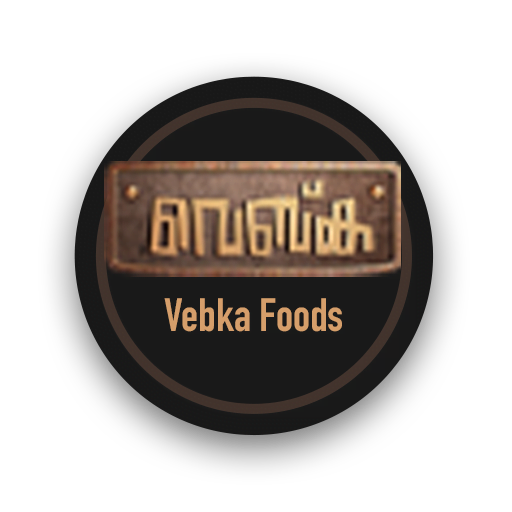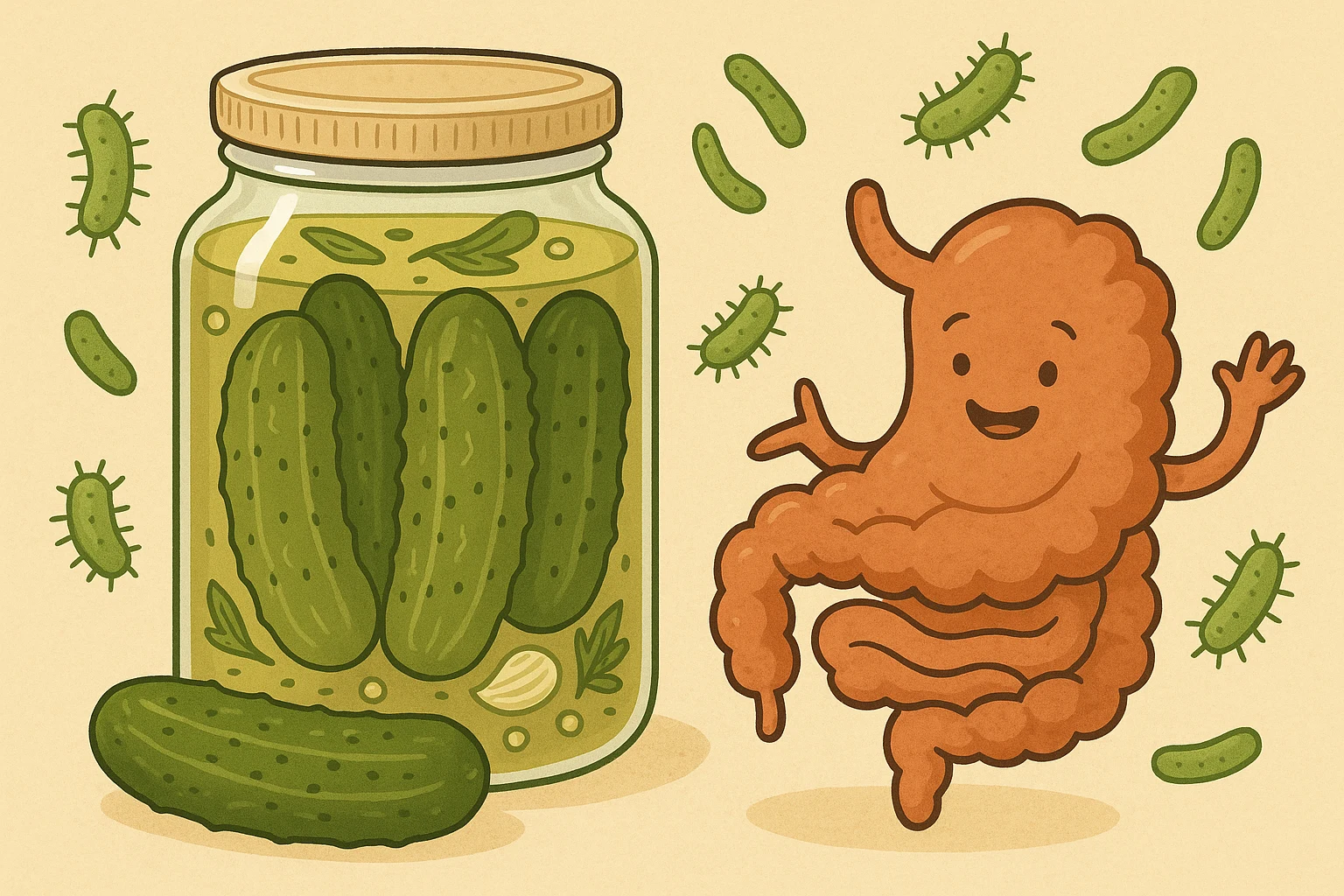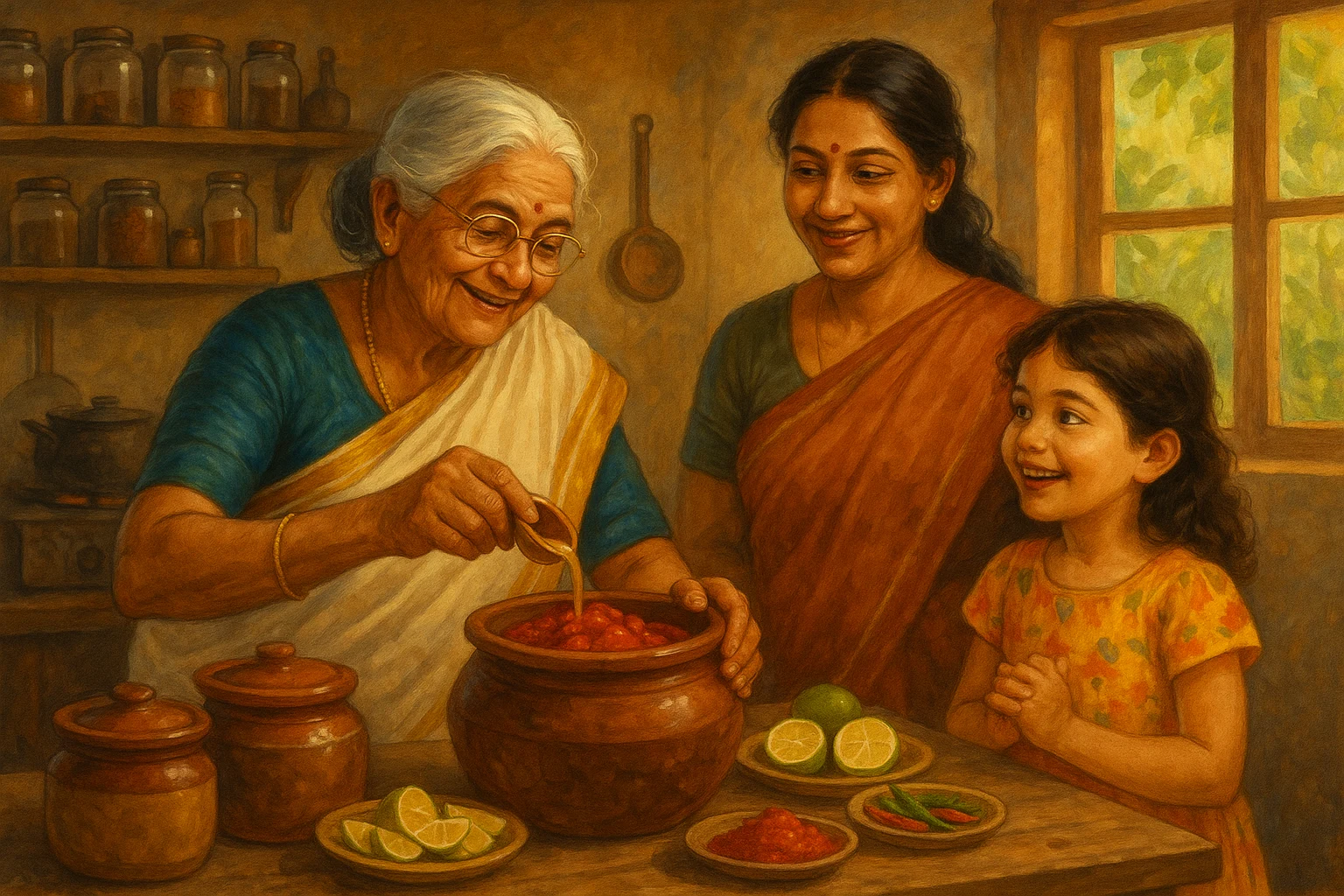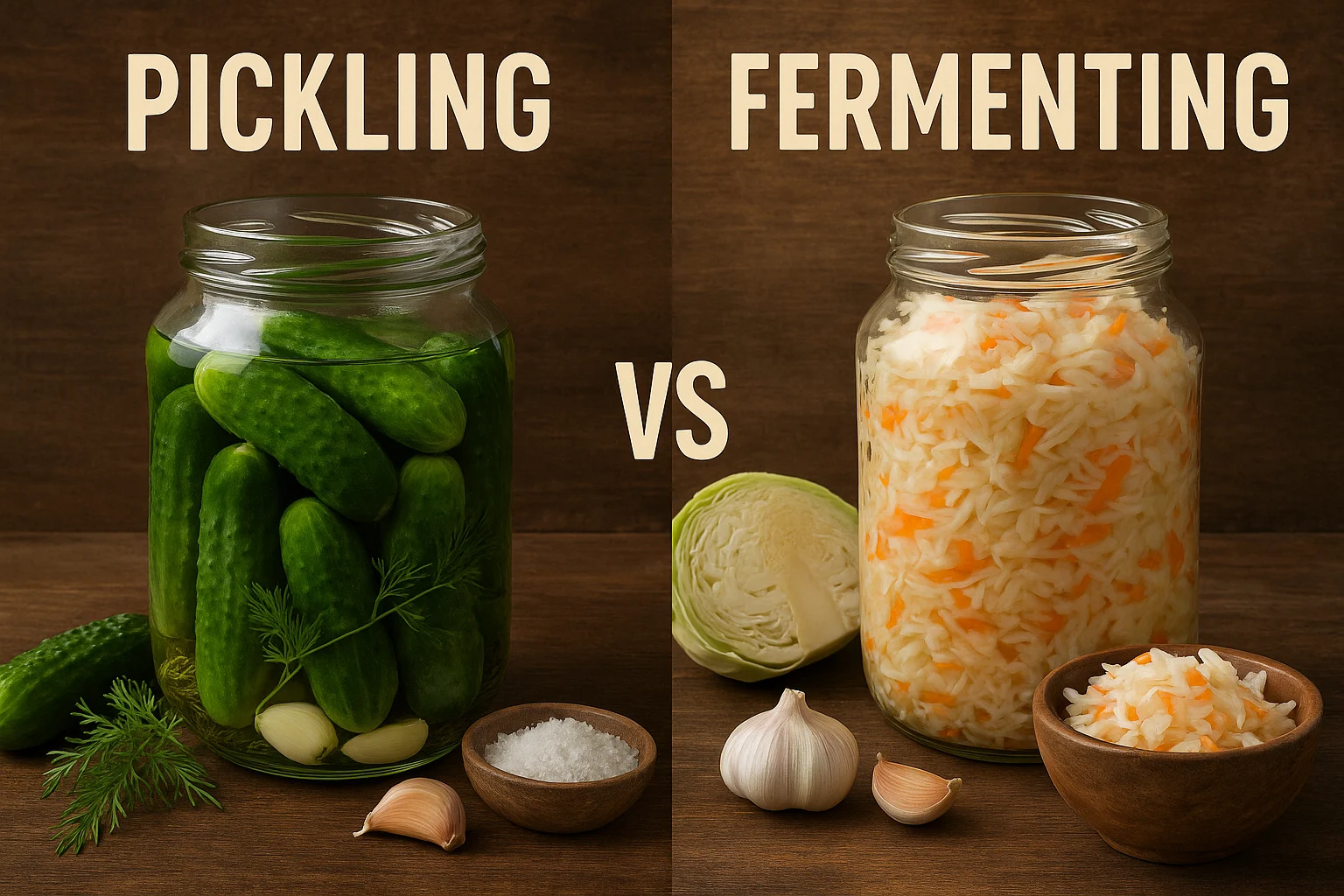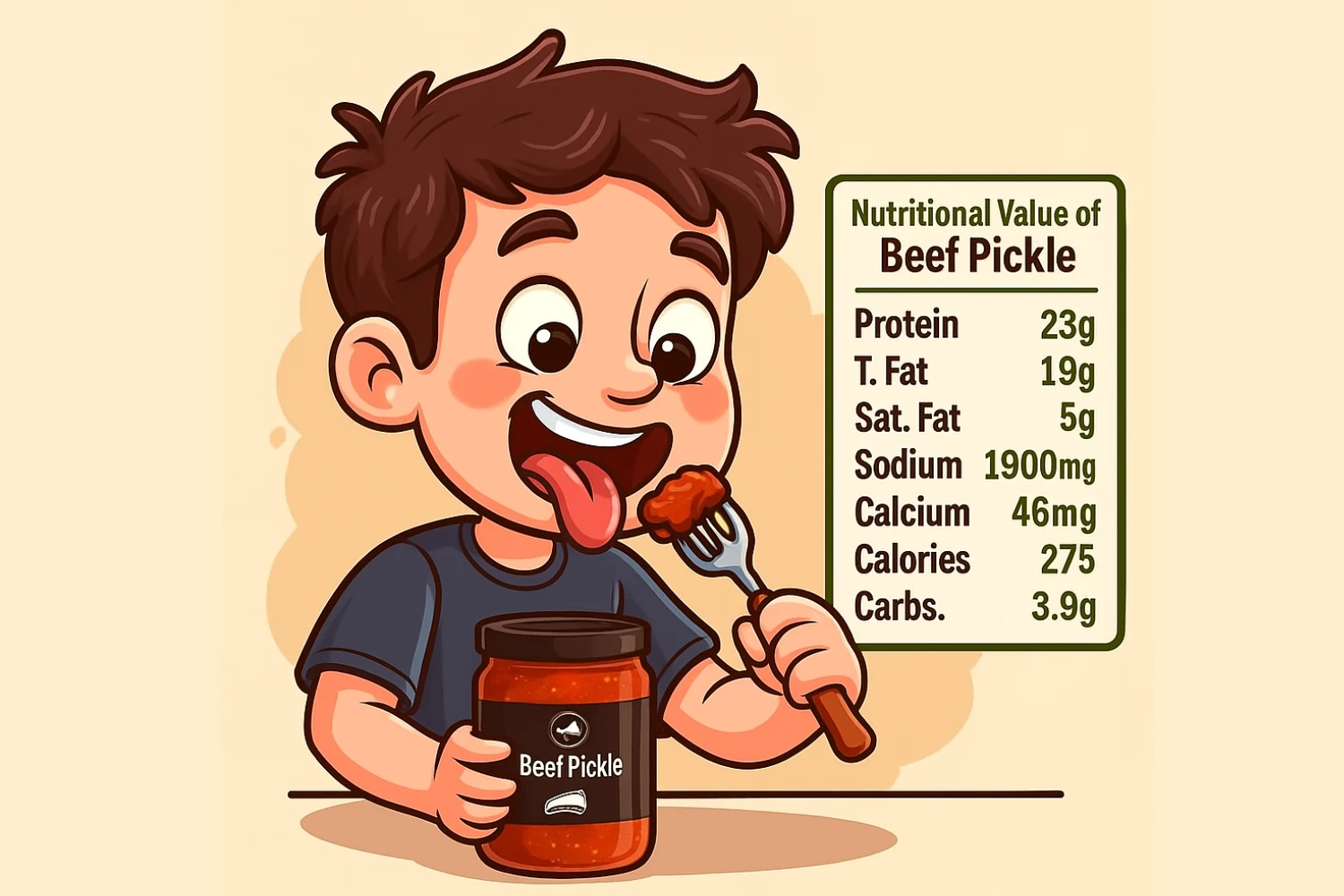Salt vs Vinegar Pickling – What Do Experts Recommend?
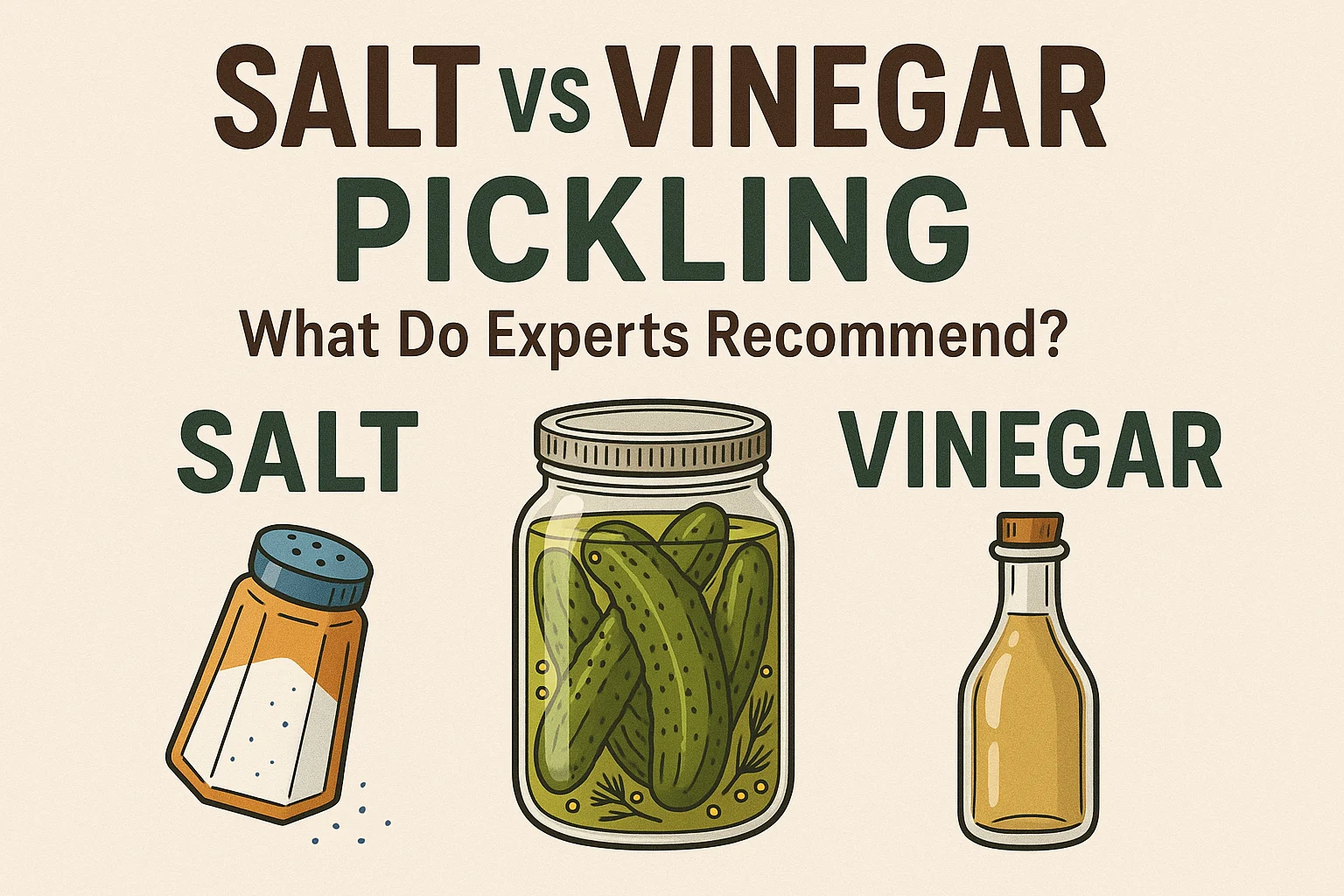
Pickling has been around for centuries. In India, it is more than just preserving food; it is a way to add spice, tang, and sometimes sweetness to meals. This ancient method of food preservation is part of a rich culinary tradition passed down through generations.
Whether the process uses common salt, vinegar, or a mix of spices and oil, the goal is the same: keep food fresh, safe, and full of flavour. However, with so many techniques, one question still pops up: Is salt pickling better than vinegar pickling or is it the other way around?
Understanding the Fundamentals: What is Pickling?
To put it simply, pickling is a way of keeping food from spoiling by using either brine or vinegar. It is a pickling method, which relies on anaerobic fermentation or an acidic liquid to extend shelf life.
Here is what happens while pickling, Lactic acid bacteria found on fruits and vegetables thrive in salty, acidic surroundings. They turn natural sugars into lactic acid, which works as a preservative. This keeps the food safe and gives it that signature punchy taste.
Pickling usually happens in two parts:
- Fermentation – where the transformation takes place
- Packing – where everything is sealed and stored
The result is to get a flavour-packed pickle, often tangy, sometimes spicy item that holds up well over time.
The Power of Salt: Delving into Fermented Pickles
Salt pickling uses fermentation, more specifically lacto-fermentation, which naturally boosts the good bacteria in food, probiotics.
How It Works
These helpful microbes break down sugars in the produce, producing lactic acid in the process. That acid turns salty water into a safe, acidic environment where the food develops complex flavour and texture. The key difference? These pickles are alive, full of cultures that benefit your gut health.
Two Main Salt Pickling Methods
- Dry Salting: This method involves rubbing salt directly onto vegetables. The salt pulls out water to create a natural brine. Think kimchi or sauerkraut. A typical ratio is 2% to 5% salt based on the vegetable weight.
- Brine Fermentation: Here, vegetables are soaked in salty water (around 5% to 8% salt by water weight). It is often used for cucumbers, olives, and green beans.
Storing and Handling
Because these pickles are not cooked, they need to be kept cold in the fridge or a root cellar. Avoid tweaking the salt levels too much. Less salt can lead to spoilage. Also, steer clear of reduced-sodium salt in fermentation recipes.
Watch for scum or mold at the top. It is a normal part of the process but should be removed regularly. If the pickles become soft, slimy, or smell off, toss them.
The Sharpness of Vinegar: Quick-Processed Pickles
If you are short on time, vinegar pickling is a great alternative. It is often called quick pickling or non-fermented pickling, and it uses acidic liquid to preserve food.
What Vinegar Does, Vinegar helps to stops spoilage by creating an acidic space where bacteria cannot thrive. Unlike fermentation, this method does not grow any live cultures, especially when the jars are sealed using a hot water bath. That step heats the food, eliminating probiotics.
The Basic Method is to soak vegetables like gherkins, beets, or onions in a vinegar mix. This might include water, salt, and spices such as mustard seeds, dill, or garlic. Vinegar concentration usually falls between 5% to 7% acidity.
Moreover, the Shelf Life and Storage of vinegar pickling is once it sealed properly, these pickles do not need refrigeration. You can store them in a cool, dark place, and they will last a long time. However, here is the catch: you must follow the recipe exactly. Never guess the vinegar-to-water ratio, and only use vinegar with known acidity. That is how you keep out harmful bacteria like botulinum.
A Brief Look at Salting Without Fermentation: The Instant Pickle
Want something fast and simple? Instant pickles might be what you are looking for. These use salt to preserve food, but skip fermentation entirely.
Why Use This Method, because it is perfect when you want quick consumption and do not need your pickle to last long. It is commonly used for making ready-to-eat sides in Indian homes.
How It’s Done, toss vegetables with 2% to 5% salt, mix them well, and let them marinate for a few hours or overnight. The salt pulls out moisture and boosts flavour. Just remember to keep them refrigerated and eat within a few days.
Deciding Your Pickle Path: Salt vs. Vinegar – The Verdict
Let us weigh the two styles and understand the health benefits of both.
Taste and Texture: Fermented pickles have a tangy taste and stay firm. Vinegar pickles, on the other hand, offer a sharper flavour, but their texture can soften with heat.
Health Factor: The major benefit of salt pickling is it is rich in probiotics, great for gut health. In vinegar pickles, once it is cooked, lose those live cultures.
Storage: Fermented ones need cold storage. Vinegar pickles, once sealed, can stay at room temperature for months.
Safety: No matter the method, stick to accurate measurements. Salt pickles need the right balance to ferment properly. Vinegar pickles require a reliable acidity level to avoid food safety issues.
Beyond Basics: Both methods work for more than just cucumbers. Try pickling limes, green mangoes, eggs, meat, feta, or even wild mushrooms, oxeye daisy buds, and milkweed pods.
So, Which Wins? That is up to you. If you want gut-friendly, natural pickles with depth, choose salt. If you want quick prep and shelf-stable jars, vinegar is the way to go. If you enjoy bold spices, look into oil-based Indian pickles too.
Essential Tools and Tips for Pickling Success
To get great results, you will need the right pickling ingredients and equipment. Choose the Right Stuff such as use fresh, firm produce, especially pickling-grade cucumbers. Stick with canning salt or pickling salt to keep brines clear. Use white distilled or apple cider vinegar with 5% acidity. Avoid diluting unless your recipe says so.
Soft water works best, and whole, fresh spices make a big difference in taste and appearance.
Tools That Help
- Use pots made of stainless steel, glass, or enamel—avoid copper or iron.
- For fermentation, stick to glass jars, stone crocks, or food-grade plastic.
Optional: use food-grade lime to keep vinegar pickles crunchy but rinse thoroughly.
Other tools include a jar lifter, candy thermometer, and leaving ½-inch headspace while sealing jars.
Embark on Your Pickling Adventure!
Making pickles at home is not just rewarding, it is a great way to enjoy seasonal fruits and vegetables all year long. Whether you prefer slow fermentation or fast vinegar soaking, it is all about flavour and tradition.
Try your hand at a few DIY pickling recipes, experiment with new ingredients, and learn food preservation benefits and what works best for you. Have you ever tried pickling at home? What are your favourite styles and flavours? Let us know in the comments!
Looking for true, bold Kerala flavours? Try VEBKA FOODS’ authentic pickles made the traditional way.
